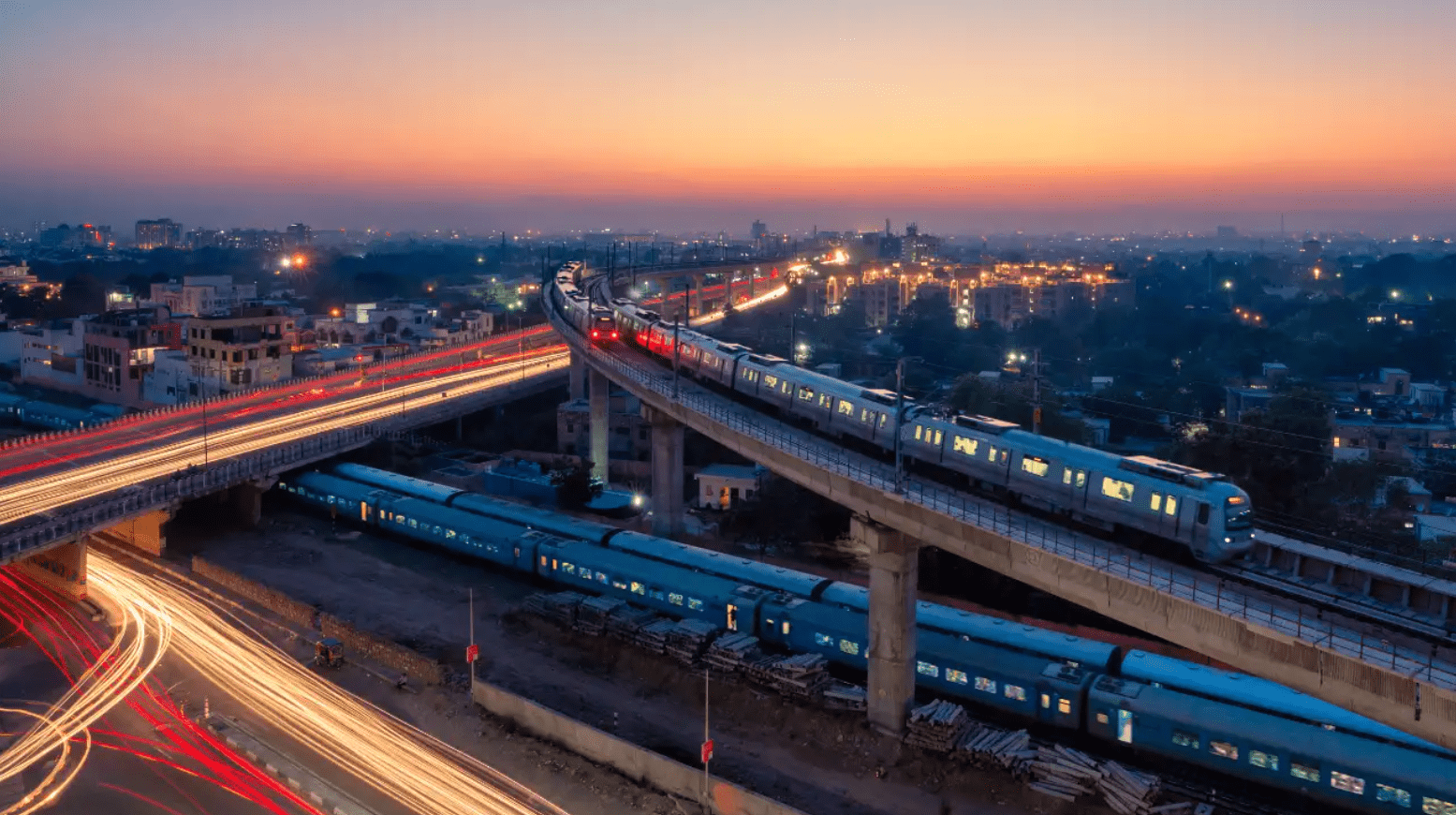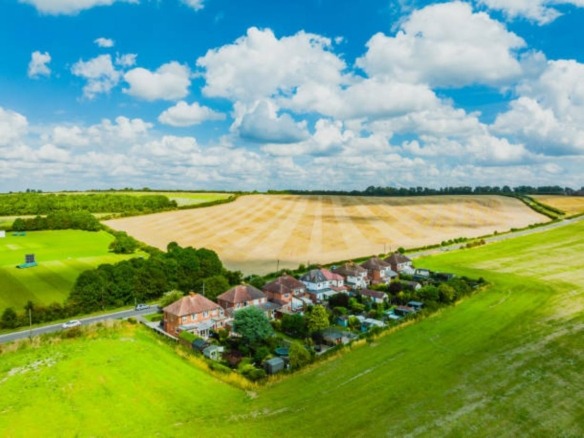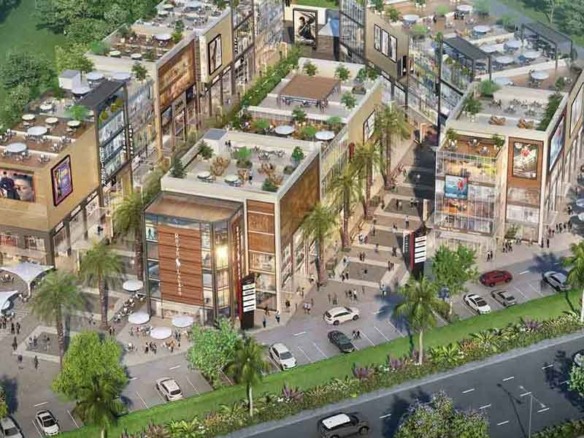HMRTC Approves Two New Metro Lines in Gurugram: How Will it Transform Connectivity?
The Haryana Mass Rapid Transport Corporation (HMRTC) has recently greenlit two significant metro corridors in Gurugram, aiming to bridge the gap between Old and New Gurgaon and make city travel smoother and faster. This approval marks an important step in expanding urban mobility and directly impacts daily commuting, real estate, and business growth across the city.
📢 Big News for Gurugram: Two New Metro Corridors Approved!
The Haryana Mass Rapid Transport Corporation (HMRTC) has officially approved two new metro lines in Gurugram, a major infrastructure milestone for the city. This move is set to enhance urban mobility, reduce road congestion, and significantly boost real estate development in key areas of Gurugram and its surroundings.
New Gurugram Metro Routes: Key Details
Bhondsi to Gurugram Railway Station Line
- Length: 17km
- Route Highlights: Will pass through Vatika Chowk, Subhash Chowk, Rajiv Chowk, Sohna Chowk, Sector 4-7 Chowk, Sadar Bazar, and Gurugram bus terminal.
- Purpose: Connects southern suburbs and offers seamless interchange with Millennium City Centre Metro station and future rapid rail corridors.
- Impact: Decongests Sohna Road and NH-8, benefiting thousands of daily commuters.
Golf Course Extension Road to Sector 5 Line
- Length: 13km
- Route Highlights: Key stations include Hong Kong Market, Ardee City, Millennium City Centre, Signature Tower, Maharana Pratap Chowk, Atul Kataria Chowk, and Sheetla Mata Road.
- Purpose: Integrates newer business hubs with Old Gurugram’s densely populated areas.
- Impact: Rapid transit access for major residential and commercial zones.
Why These Metro Lines Matter
- Improved Connectivity: Residents will enjoy faster, direct access to offices, schools, and marketplaces all over Gurugram.
- Traffic Relief: Both identified corridors target the city’s most congested stretches, expected to reduce car and bus traffic considerably.
- Real Estate Upside: Property consultants have already observed a 15-20% price appreciation in affected localities after the announcement of these new lines. Areas include Palam Vihar, Ashok Vihar, Sectors 4, 5, and 9.
- Smart Urban Growth: Expansion supports Gurugram’s future vision 2031 for a city-wide, connected metro network.
- Integrated Transit: Metro lines will exchange with existing and upcoming Rapid Rail Transit System (RRTS), improving regional mobility options.
📍Key Sectors That Will Benefit
- Dwarka Expressway: Sectors 99 to 113
- SPR (Southern Peripheral Road): Sectors 68, 69, 70, 71, 72, 76, 77
- New Gurugram: Sectors 81 to 95
- Cyber City, Udyog Vihar, Golf Course Ext. Road
📈 How These Metro Lines Will Impact Real Estate in Gurugram
1. Increased Property Demand
Metro lines make daily commute easier → higher demand for homes near stations
Key sectors like 104, 106, 70, 77, and 80 will benefit the most
2. Appreciation in Property Prices
Past trends show 15-25% appreciation in property prices after metro connectivity
Investment in under-construction projects along these routes could yield great returns
3. Better Rental Yields
Working professionals prefer metro-connected areas → more tenancy inquiries and better rental income
4. Boost to Commercial & Retail Properties
With smoother access, more footfall expected in malls, office hubs, and SCOs near new metro stations
FAQs on New Gurugram Metro Lines
Q1. What routes do the new Gurugram metro lines cover?
A. The first extends 17km from Bhondsi to Gurugram Railway Station, and the second travels 13km from Golf Course Extension Road to Sector 5, with stops through vital residential, commercial, and transport hubs.
Q2. Who will benefit most from these new metro routes?
A. Residents living in southern Gurugram, commuters on Sohna Road and NH-8, business professionals, and property owners along the proposed corridors will see direct benefits.
Q3. Will old Gurugram be better connected to new Gurugram?
A. Yes, both lines are specifically designed to enhance East-West connectivity and create seamless links between the city’s older areas and new commercial/business zones.
Q4. When will construction start?
A. HMRTC has invited consultants for the preparation of detailed project reports (DPRs). After DPR approval and bidding, construction timelines will be announced. Delays were earlier due to state assembly elections but planning has resumed.
Q5. How is Gurugram real estate impacted?
A. Real estate experts note significant price appreciation in sectors along the new metro corridors, with improved transit making these areas highly sought-after for investment and living.
Q6: Is it a good time to invest in these areas?
Absolutely! Investing now in under-construction or launch-phase properties near these corridors can lead to excellent returns once metro lines are operational.
Q7: Which sectors are closest to the Dwarka Expressway metro line?
Sectors 99 to 113, especially 102, 104, 106, and 110 will be in proximity to the proposed route.
Q8: How long will it take to complete the new metro lines?
Typical metro construction takes 4–5 years, so completion could be expected by 2030, if all approvals go smoothly.
By approving these new metro lines, HMRTC and Gurugram are moving decisively towards sustainable urban transport and smarter regional growth.
for more details – proptidekho.com






Join The Discussion